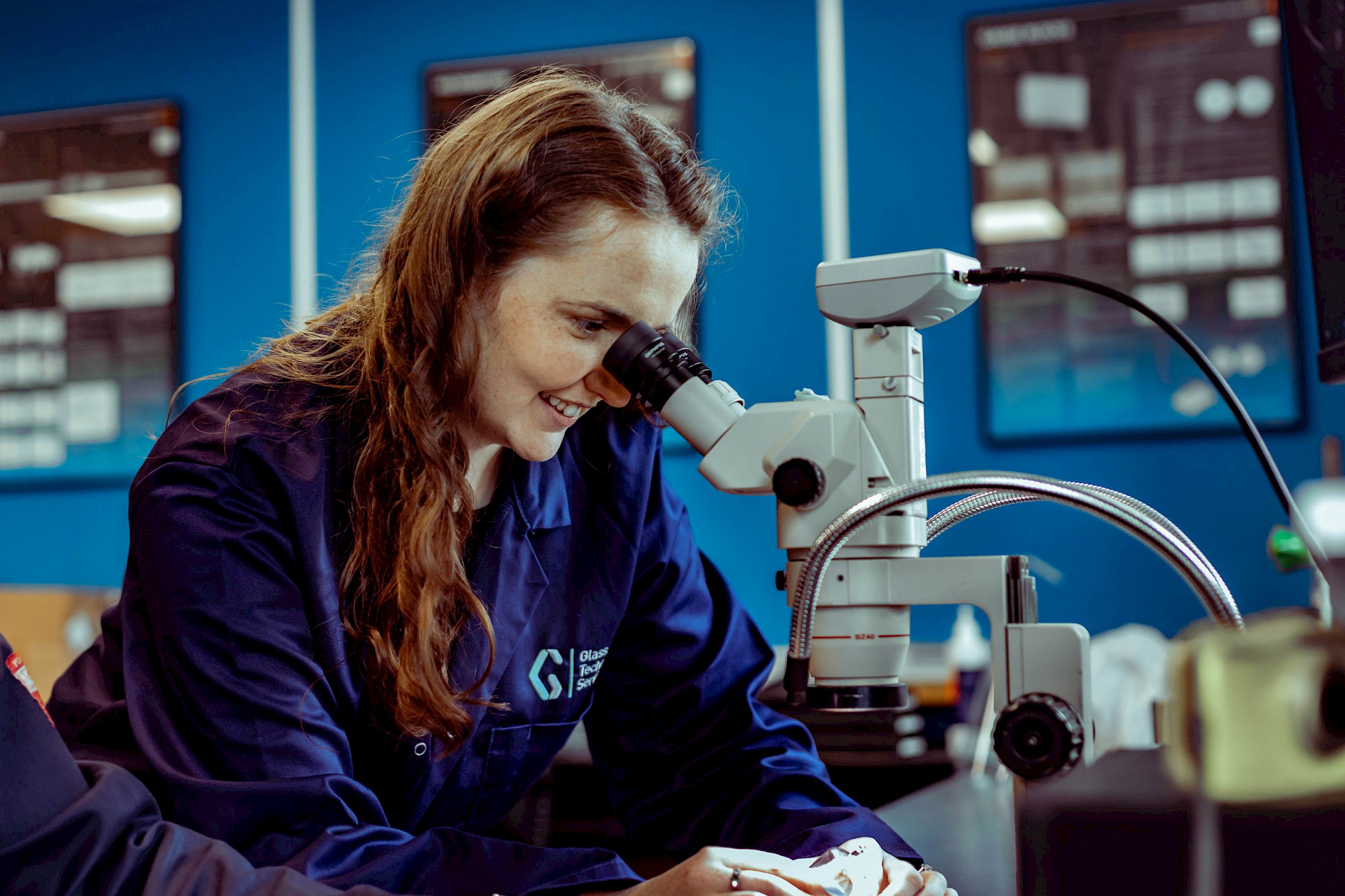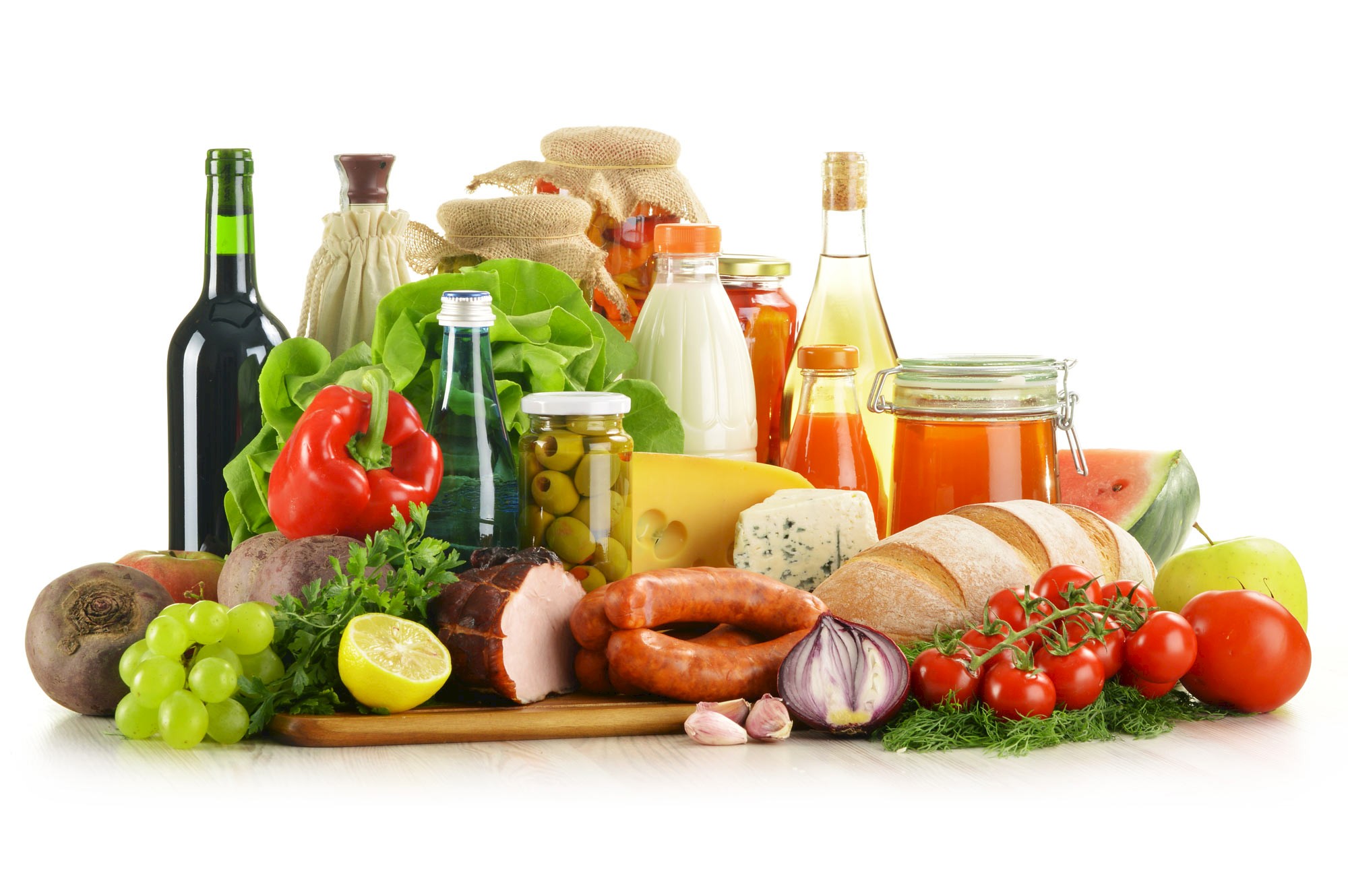This study, conducted for the Food Standards Agency (FSA), consisted of a programme of experimental work designed to increase understanding of migration issues related to glass materials in contact with foodstuffs.
Although there was data available on most commonly used glass types, most of this work was historical and only lead migration from lead crystal had been given extensive attention from the scientific community over recent years. As manufacturing methods have developed over time, and issues such as greater recycling rates and higher rates of imported glassware occur, it was felt necessary to update this data.
The objective of the work programme was to determine which, if any, are the significant leachable elements from the range of glass compositions in common use for food contact purposes and define under what conditions this leaching is most likely to occur. The conditions used, wherever possible, simulated likely, real conditions of use that the material may experience, as well as simulating extremes of conditions of use.
Although glass is generally considered a relatively chemically inert material, it is used in a wide range of applications and there are several distinct chemical compositions used in contact with foodstuffs and beverages under different conditions. Further, certain types of glassware are often treated, coated, washed, surface damaged, cooked in, microwaved in and pasteurised in during their normal life cycle. These variables are also complicated by the widely differing rates of recycling used in different countries.
The approach adopted in the study was relatively simple. Initially it was necessary to identify what types of glassware were in use in the UK for food contact application and in what proportion each type of glassware was used. Once this was established it was necessary to collect a wide range of samples to ensure sufficient testing of all key glass compositions in conditions that would simulate common applications. The experiments focused most effort on the most widely used applications. Accelerated migration testing was used to test commercially available glassware to establish a “baseline” behaviour for that particular type of ware. Further testing was then carried out under a range of conditions (for example after surface damage, during microwaving etc.) to establish their effect relative to “baseline” migration behaviour of the articles. For this reason it was necessary to have several specimens of each type of glassware to be tested. Testing involved the use of food simulants and some real foodstuffs.
A further investigative step looked at the ability of glass as a material to retain elements of interest, without releasing them in to the test solution. For this stage of work “spiked” melts of the common glass compositions were developed to determine the level of interest at which elements were released. Pressed articles were also prepared from these spiked melts.
Glass has, under accelerated migration testing conditions, been found to be a material of high chemical inertness. However, certain types of decorated glassware have, under acidic conditions, been shown to release elements that may be of interest, if such articles were used in contact with food.
The testing has shown that, despite development in production practices and increases in recycling rates, elemental migration is still low from commonly used glass compositions.

Have a question or want to make an enquiry?
Our glass experts would be happy to help.
